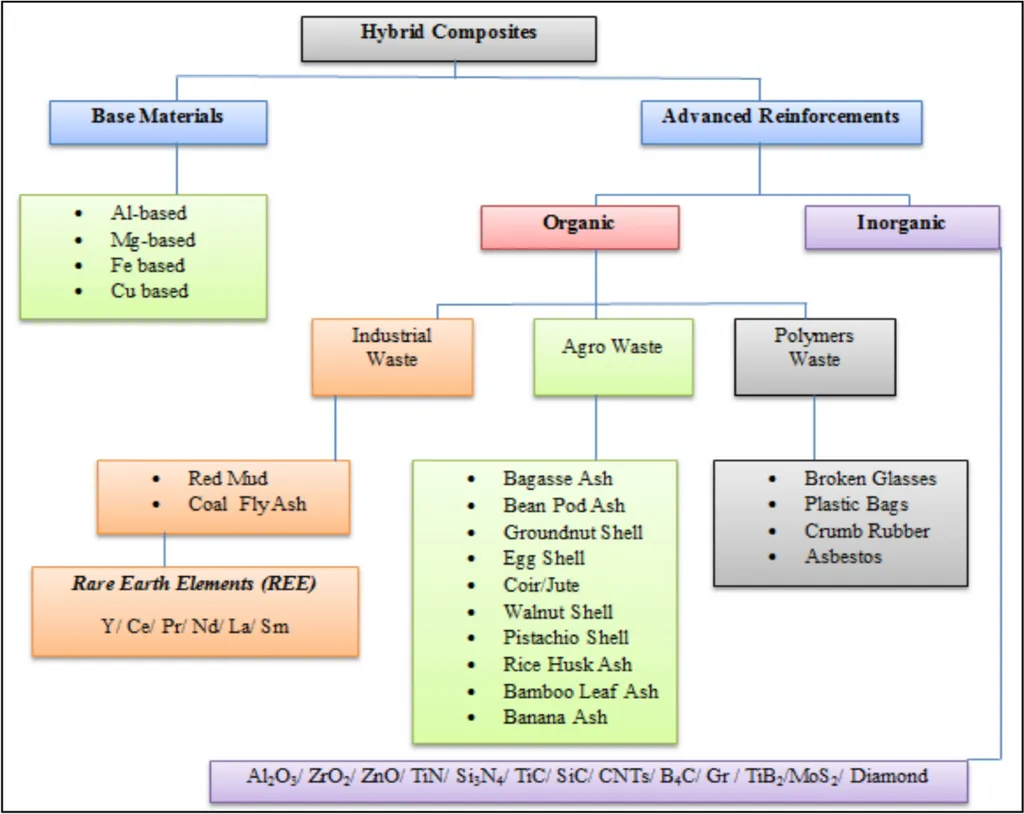In a significant stride towards enhancing the performance of aluminum composites, researchers have unveiled a novel approach to reinforcing metal matrix composites (MMCs) that could revolutionize the energy sector. The study, led by Mohammad Na’aim Abd Rahim from the Faculty of Industrial and Manufacturing Technology and Engineering at Universiti Teknikal Malaysia Melaka, explores the use of hybrid reinforcements—multi-wall carbon nanotubes (MWCNTs) and alumina (Al2O3)—to bolster the mechanical properties of aluminum A356.
The research, published in *AIMS Materials Science* (which translates to “Applied International Materials Science”), delves into the microstructural and mechanical enhancements achieved through electromagnetic stirring (EMS). This method not only refines the grain structure of the composite but also ensures a more uniform distribution of reinforcements, leading to improved mechanical properties.
“Our findings demonstrate that the optimal combination of 0.5 wt% MWCNTs and 6 wt% Al2O3, coupled with 10 minutes of stirring, yields exceptional mechanical properties,” Abd Rahim explained. The composite achieved a yield strength of 94 MPa, a tensile strength of 221 MPa, an elongation at break of 11.37%, and a hardness of 89 HV. These improvements are attributed to the refined grain structure and reduced porosity, which enhance the material’s overall performance.
The implications for the energy sector are profound. Aluminum composites with superior strength-to-weight ratios, enhanced wear resistance, and superior thermal conductivity are highly sought after for applications in structural and thermal components. The use of EMS to overcome common challenges such as particle distribution and porosity reduction offers a cost-effective solution for producing high-performance materials.
“This research not only advances our understanding of hybrid reinforcement in aluminum composites but also paves the way for more efficient and durable materials in the energy sector,” Abd Rahim added. The study’s findings could lead to the development of lighter, stronger, and more thermally conductive materials, which are crucial for applications in renewable energy, transportation, and industrial machinery.
As the energy sector continues to evolve, the demand for advanced materials that can withstand extreme conditions and offer enhanced performance is on the rise. The research by Abd Rahim and his team provides a promising avenue for meeting these demands, potentially shaping the future of material science and engineering.

